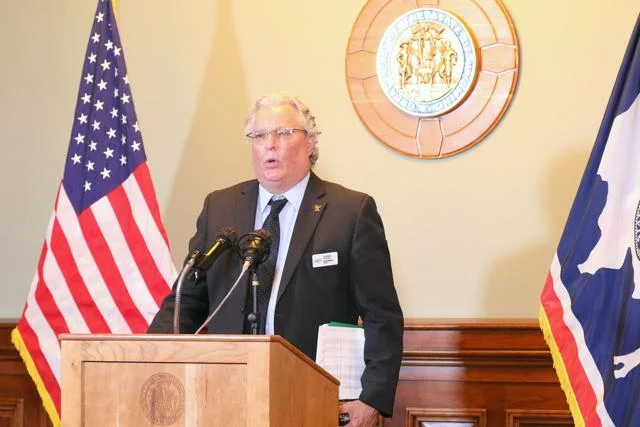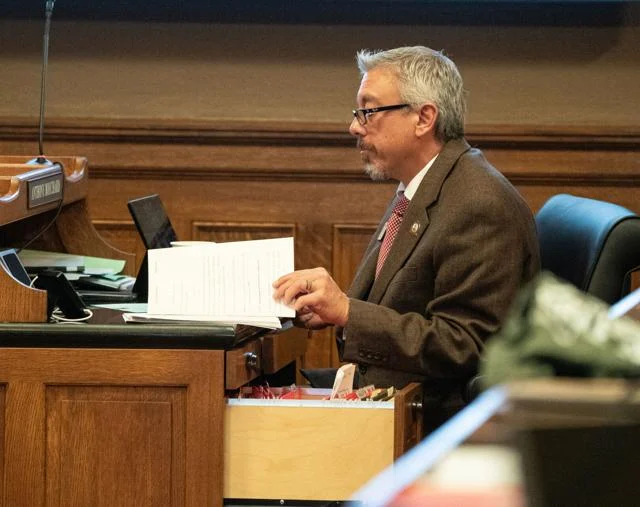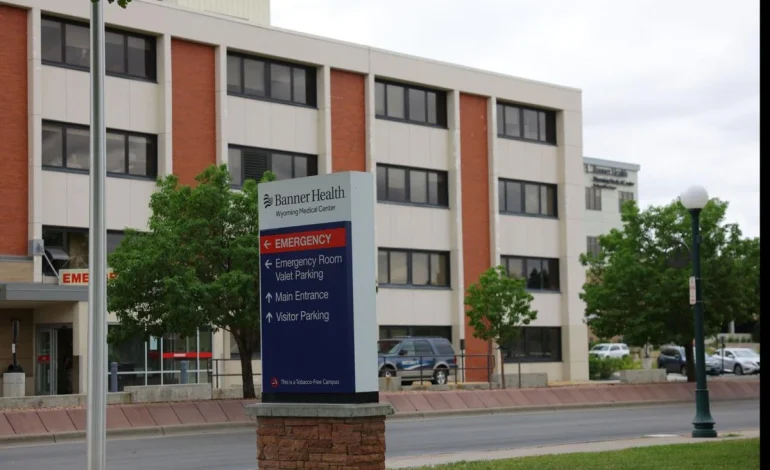The National Council of State Boards of Nursing ranks Wyoming among the states with the lowest numbers of nurses per 100,000 people.
Only Georgia, Washington, and Utah have lower nurse-to-population ratios. However, statistics alone cannot fully explain the challenges that healthcare providers face throughout the state, particularly in rural areas.
Wyoming’s nursing shortage is the result of a complex combination of labor market trends, limited training capacity, and demographic changes. These issues have hampered hospital staffing, strained healthcare delivery, and raised concerns about remote communities’ access to care.
Dawn Nielsen, Director of Pre-op Nursing at Banner Wyoming Medical Center in Casper, has personally witnessed the trajectory of the nursing profession during her 31-year-long career. Nursing was once a generalist profession, but it has become increasingly specialized, with distinct responsibilities for emergency care, surgical preparation, recovery, and more.
“Every day you have to be able to navigate change to be a nurse,” Nielsen said.
This diversification, while improving the quality of care, has increased the demand for specialized staff, which many facilities, particularly smaller ones, struggle to hire and retain.
A decrease in the longevity of nurses in the profession has also added to the problem. According to Susan Chambers, Director of Patient Interactions, nurses no longer work on the same units for decades like they used to. This high turnover rate makes continuity of care difficult to maintain and contributes to burnout among the remaining staff.
Despite a consistent overall number of nurses in Wyoming—8,547 registered nurses, 2,614 advanced practice nurses, and 795 licensed practical nurses as of June 2025—the pipeline for new nurses is limited. In contrast to other states that admit multiple cohorts throughout the year, the University of Wyoming’s nursing program admits only one class a year graduating students in Spring.
This lower graduation rate, combined with a drop in nursing students since COVID-19, has made it difficult to meet rising demand.
Kara Beech, executive director of the Wyoming Nurses Association, points out that the shortage is not from fewer nurses, but from more jobs and a higher need for care. She attributes much of that to an aging population. In 2023, 19.2% of Wyoming’s population was over 65, up from 16.7% in 2018.
Older adults typically require more frequent and complex healthcare services, which strains existing staff, particularly in smaller facilities.
To address workforce gaps, Banner Wyoming Medical Center has created in-house training programs. One initiative pairs new graduates with experienced nurses for their first year. Another trains scrub technicians, a role with no formal certification path in Wyoming.
These localized solutions have helped in places like Casper, but don’t resolve broader statewide shortages—especially in rural communities where the need can be most acute.
In rural parts of Wyoming, staffing shortages are felt most acutely in maternity and emergency care. The state is seeing a rise in so-called “maternity healthcare deserts,” where hospitals lack the staff and resources to safely deliver babies.
“It’s not that you just need a nurse and a doctor to be able to deliver the baby,” Beech explained. “Do you have anesthesia? Can you do a C-section if you need to? All of your staff has to be able to do that, and with low numbers, that can be very difficult.”
Some rural clinics have responded by rotating nurses through urban hospitals to gain obstetric experience. Beech recalled her time as HR Director at Powell Valley Healthcare, when they partnered with Billings Clinic and St. Vincent’s in Montana to upskill nurses in OB care.
To build a more resilient workforce, Beech emphasizes the need for early outreach and recruitment.
“[We need to be] showing young kids all of the different things that nurses do and why they’re so important,” she said.
The original story by Calla Shosh at Casper Star-Tribune.










The latest news in your social feeds
Subscribe to our social media platforms to stay tuned